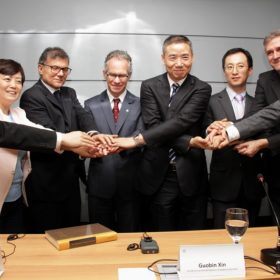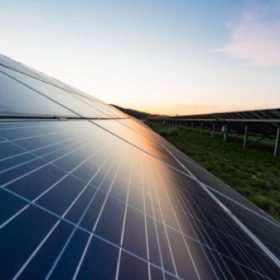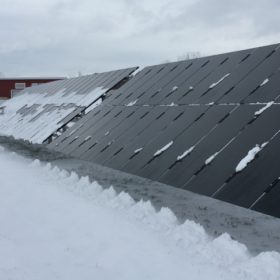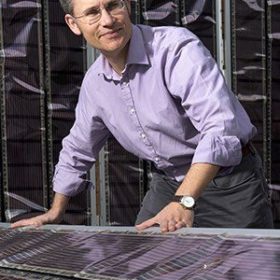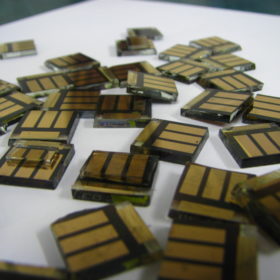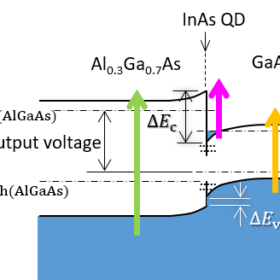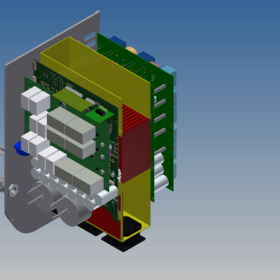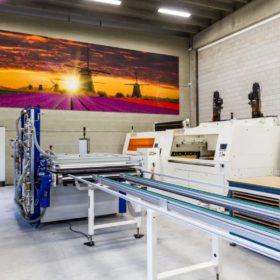US scientists develop new process to make stacks of semiconductors just a few atoms thick
R&D departments at the University of Chicago and Cornell University have pieced together a new atomic scale semi-conductor manufacturing procedure that can provide “the foundation for modern integrated circuitry”.
China’s BYD to open PV R&D facility in Brazil
The facility at the Universidade Estadual de Campinas to become BYD’s first overseas R&D facility for PV, and will be set up with initial $1.5m in funding. Subsequent financial support will be based as a percentage of firm’s domestic net sales.
Engie launches tender to select innovative solar and storage technologies
The climate control unit of the French energy giant seeks proposals from start-ups and small and medium-sized enterprises. Bids must be submitted by July 4.
Trump budget guts solar research at NREL and Berkeley (14 essential documents embedded)
The president’s federal budget for Fiscal Year 2018 includes the expected cuts to renewable energy within the DOE’s walls, but the cuts to prominent national labs – including the elimination of energy-storage research funding at both – could have unforeseen long-term effects on the industry.
U.S.-Turkish research team uses data science to predict PET back-sheets degradation in solar modules
The scientists have used engineering epidemiology and statistical-data analytics to predict how polyethylene terephthalate films in solar panels deteriorate under multi-factor accelerated weathering exposures.
Uni Newcastle team tests “printed solar” panels in Australian first
Just days after Tesla announced it was taking orders – and down-payments – for its much-hyped and quite good looking solar roof, an Australian made printed solar innovation that could rival Elon Musk’s power generating tiles has moved one major step closer to commercialisation.
Atomic scale design could pave the way to more persistent solar cells, study says
Researchers from ICL claim to have discovered the cause for the rapid decrease in performance of perovskites. Adding iodide ions may help improve the stability of solar cells.
Japanese scientists seek to develop solar cell able to absorb spectral components of longer wavelengths
The new technology is designed to capture the spectral components of longer wavelengths that are usually lost during transmission through the solar cell. The Japanese scientists are using up-conversion of below-gap photons to reduce power losses and increase the cell efficiency.
Inverters with highly integrated components can lower costs, finds Fraunhofer ISE study
Innovation project conducted in collaboration with SMA and Phoenix Contact identifies cost, weight and power advantages of sintering mechanical components of the inverter, and reimagining electromechanical components.
Eurotron’s sister company opens testing facility for back-contact solar in the Netherlands
Eurolab, a sister company of Netherlands-based equipment provider Eurotron, has opened a new testing facility for back-contact PV modules. The laboratory will facilitate pre-production of back-contact solar panels, R&D projects, and small-scale production for solar challenge teams
